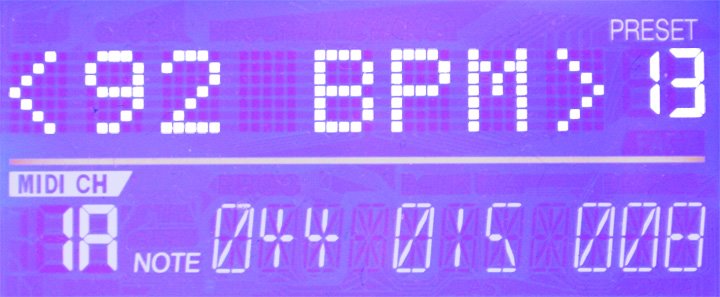As Indy Hall crests 150 members, I wondered – what is growth in terms of a coworking space, a workplace, or even a community in Philadelphia? Is it enough to measure concurrent member count, or should we be looking at something else?
Curious, we dug into another critical factor related to growth outside of acquisition: how does Indy Hall retain members. I wrote about the “r” word earlier this year, and again in relation to more macro trends in the Philadelphia ecosystem.
Indy Hall is currently sporting a 92% retention rate in the 2011 year, and if we had accurate data, I’m confident that % would be higher as we include our 4 plus year membership history. Nearly all of our founding members from 2007 are still active on our monthly roster.
Even without the historical data, we looked at the remaining 8% of attrition for patterns.
Approximately 10% of that loss were members who never really “bought in”. They came for the trial drop-in day, got a membership, and quickly proceeded to not show up.
The other 90% of our lost members left the area due to personal choices. Some left for better reasons than others. But most notably a significant percentage of our “would-be-lost” members have retained at least a basic membership to Indy Hall as a bond to Philadelphia. We have members who are active members of coworking spaces in over 6 states across the country, and stay “active” in Philadelphia with Indy Hall as a conduit. I’m particularly proud of that statistic.
Update from a Facebook comment by one of our members:
…you’re talking about a group of people more inclined than average to take on big lifestyle changes — moving around, getting a new/different job. Even though I don’t think I popped in more than once in September, I’m still a member of IndyHall because I see its potential as more than just a convenient space to work.
– Jordan Reiter Indy Hall is sticky. 92%+ sticky.
Blam.

 I am always thinking about the intersection of people, relationships, trust and business. I founded
I am always thinking about the intersection of people, relationships, trust and business. I founded